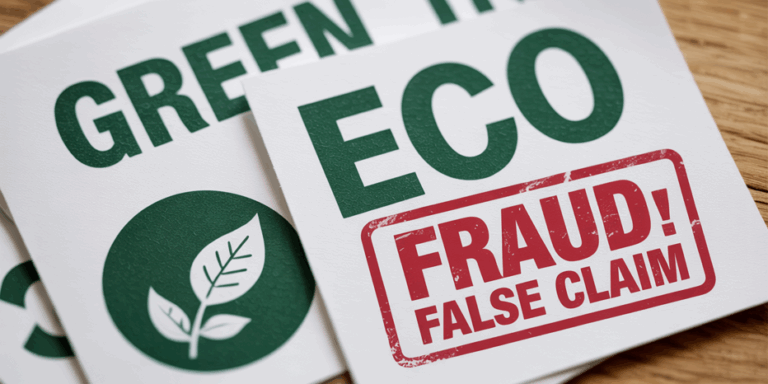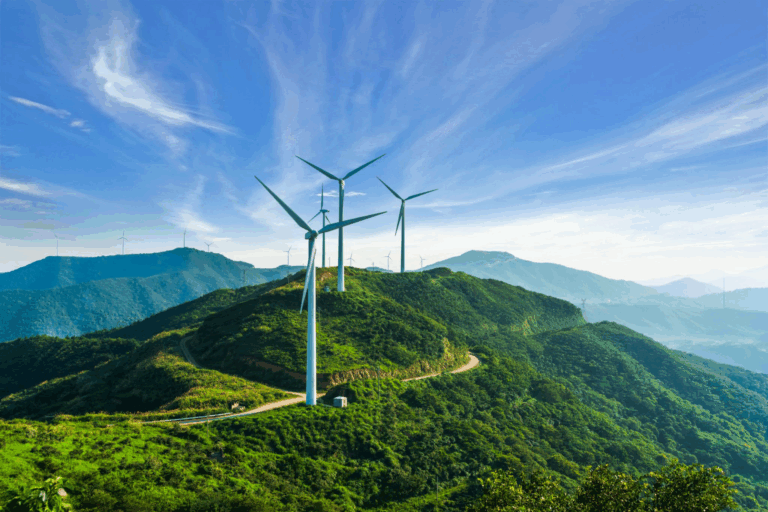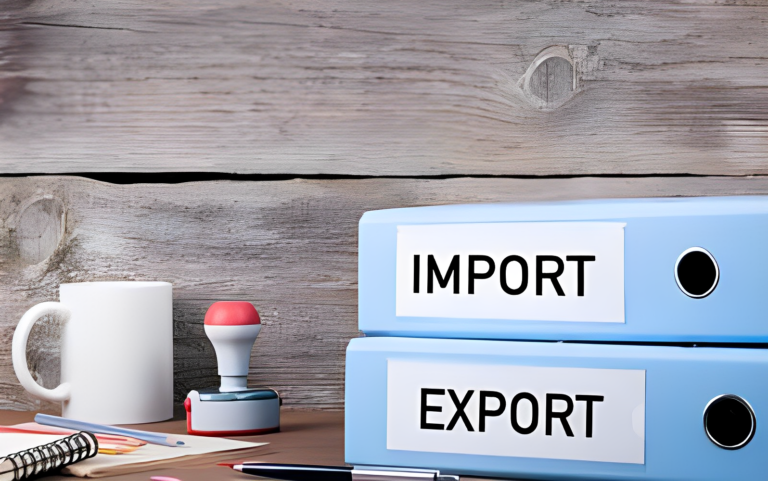In 2025, supply chains in the United States stand at a crossroads, adapt or be left behind. With tightening domestic regulations, rising consumer expectations (Americans as per surveys are willing to pay up to 12% more for sustainable products), and investor pressure intensifying, businesses face unprecedented scrutiny to adopt ethical, transparent, and eco-friendly practices. (1)
The pressure is not just federal, it is intensifying at the state level, with California leading the charge through new EPR law, climate disclosure laws, and policy moves like the closure of the de minimis tariff loophole in May 2025 reshaping global trade. The onus is slowly but firmly shifting to the Producers and Retailers. For businesses, adapting to these changes is no longer a proactive measure. It’s the only way to sustain and thrive – meet compliance requirements while gaining a significant competitive edge.
This blog explores the top 5 trends shaping supply chain sustainability in 2025, offering insights and practical guidance for businesses to build resilient, future-ready supply chains.
1. Regulatory Compliance & Due Diligence Take Center Stage
In 2025, sustainability has shifted from being a “good-to-have” to a legal mandate. Governments are implementing robust regulatory frameworks compelling companies to trace product origins, verify ethical practices, and measure environmental impact with precision. Failure to comply risks heavy penalties, reputational fallout, and restricted market access.
Key Regulatory Developments in 2025
| Regulation / Act | Key Requirement | Timeline / Status |
| California Climate Corporate Data Accountability Act (SB 253) | Mandatory disclosure of Scope 1, 2, and 3 emissions for companies with revenues > $1B. | Reporting begins 2026 (Scope 1 & 2), Scope 3 by 2027.. Passed in 2023, implementation underway. |
| California Climate-Related Financial Risk Act (SB 261) | Requires companies (> $500M revenue in CA) to disclose climate-related financial risks and mitigation strategies. | First reports due 2026, updates every two years. |
| U.S. Securities and Exchange Commission (SEC) Climate Disclosure Rule | Public companies must disclose climate-related risks, governance, and GHG emissions (Scope 1 & 2, some Scope 3) in filings. | Final rule adopted March 2025, phased compliance starts 2026. |
| U.S. FOREST Act (proposed) | Would prohibit imports of products linked to illegal deforestation and require supply chain due diligence. | Pending in Congress (as of 2025). |
| Closing of the De Minimis Loophole | Ends duty-free imports (< $800) from high-volume e-commerce sellers, impacting fast fashion and low-cost imports. | Effective May 2, 2025. |
| State-Level Extended Producer Responsibility (EPR) Laws | Packaging producers must finance collection/recycling programs (CA, CO, OR, ME leading). | Implementation phased from 2025–2028 depending on state. |
2. Circular Economy Principles Drive Resource Efficiency
The outdated take–make–dispose model is giving way to a reuse–refurbish–recycle approach. Yet, the global circularity rate is just 6.9%, down from 9.1% in 2015. (2) This gap presents both a challenge and a massive opportunity. Companies embracing circular models are not only conserving resources but also cutting emissions, reducing waste, and meeting net-zero commitments.
Key Practices
- Reverse logistics to recover, repair, and recycle products.
- Use of recycled packaging and raw materials to reduce virgin resource dependency.
- Waste minimization through smarter design and precision manufacturing.
Why It Matters: Circular strategies can reduce material costs by up to 20%, with businesses reporting 15–20% top-line growth. (3) Globally, the circular economy could unlock $4.5 trillion in economic benefits by 2030.
For supply chains, this means efficiency is no longer measured only in speed or cost but in sustainability.
3. Technology-Powered Transparency & Efficiency
Digital tools are rapidly transforming supply chain visibility, compliance, and resilience. By 2025, technology adoption is less about “innovation” and more about survival.
Top Technologies in 2025:
| Technology | Key Applications | Impact / Market Data |
| AI & Machine Learning | Demand forecasting, inventory optimization, emissions reduction | Reduces forecast errors by 20–50%, cuts lost sales by up to 65%; (4) by 2025, 74% of warehouses expected to use AI, improving forecast accuracy by up to 85% and reducing stockouts by 65%. |
| Blockchain | Immutable records for product traceability (food, pharma, high-risk sectors) | Enhances supply chain transparency, combats fraud, and strengthens compliance with sustainability standards. |
| Internet of Things (IoT) | Real-time monitoring of goods (location, temperature, condition, compliance) | Improves visibility, efficiency, and quality control, reducing spoilage and non-compliance risks. |
| Digital Product Passports (DPPs) | Lifecycle data on product origin, composition, recyclability | Market valued at USD 213.9M in 2024, expected to reach USD 275.1M in 2025, CAGR 34.9% (2025–2030). Drives circular economy adoption. (5) |
4. Nearshoring & Localization Boost Resilience
Geopolitical disruptions, trade tensions, and logistics bottlenecks are pushing companies to rethink globalization. Nearshoring and localization sourcing and producing closer to the target market are emerging as key strategies.
Why this matters:
- Shorter lead times: Faster delivery and reduced reliance on overseas shipping.
- Lower carbon footprint: Shorter transport distances mean fewer emissions.
- Resilience: Reduced exposure to global disruptions.
- Community impact: Strengthens local economies while aligning with ESG commitments.
5. Investor & Consumer Pressure for Ethical Sourcing
Ethical sourcing is now a business mandate, not a CSR initiative. In 2025, investors, regulators, and consumers expect companies to guarantee labor rights, worker safety, and human rights protection across every tier of their supply chain.
Key Actions for Businesses:
- Conduct regular supplier audits and sustainability assessments.
- Use collaboration platforms to share real-time traceability updates.
- Integrate ESG metrics into supplier evaluation to ensure alignment with sustainability standards.
In fact, research shows that Scope 3 emissions often represent more than 70% of a company’s total footprint, placing suppliers directly at the heart of compliance strategies.
Conclusion
In 2025, supply chain sustainability is no longer a buzzword—it’s the benchmark of business legitimacy. With stricter ESG regulations, circular economy principles, technology-driven transparency, and ethical sourcing demands, the companies that act now will not only reduce risks but also win customer trust, attract investors, and strengthen long-term resilience.
At Compliance Cart, we help businesses turn these challenges into opportunities. From simplifying ESG reporting to enabling supply chain traceability, our solutions ensure you stay ahead of regulatory changes while building a sustainability story rooted in credibility and data.
Because in 2025, the leaders won’t just move goods—they’ll move the world forward.
FAQs – Supply Chain Sustainability in 2025
Q1: Why is supply chain sustainability important in 2025?
A: Tightening regulations, climate commitments, and stakeholder expectations are making sustainable practices a legal, financial, and reputational necessity.
Q2: What is the Digital Product Passport (DPP)?
A: DPP is a digital record containing product lifecycle data — origin, materials, environmental footprint, and recyclability — to enhance transparency and traceability.
Q3: How can small businesses comply with complex regulations?
A: Start with supply chain mapping, adopt affordable tech solutions, partner with compliance consultants, and focus on high-risk areas first.
Q4: What role does AI play in supply chain sustainability?
A: AI helps optimize logistics, forecast demand, reduce waste, monitor ESG performance, and automate compliance reporting.
Q5: How does nearshoring improve sustainability?
A: By reducing transportation distances, cutting emissions, improving lead times, and supporting local economies.
Q6: Why are Scope 3 emissions critical for supply chain sustainability?
A: Because they often make up more than 70% of a company’s total emissions, regulators, investors, and customers are pushing for better measurement and reduction strategies.
Resources:
- https://www.arbor.eco/blog/sustainability-statistics
- https://www.circularity-gap.world/updates-collection/global-circularity-rate-fell-to-6-9—despite-growing-recycling
- https://www.bcg.com/publications/2025/scaling-circularity-into-profitable-business
- https://www.startus-insights.com/innovators-guide/ai-in-supply-chain/
- https://www.grandviewresearch.com/industry-analysis/digital-product-passport-market-report











